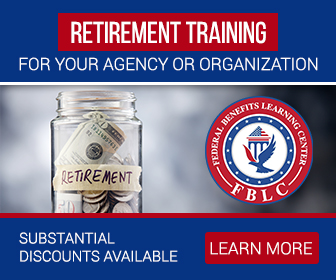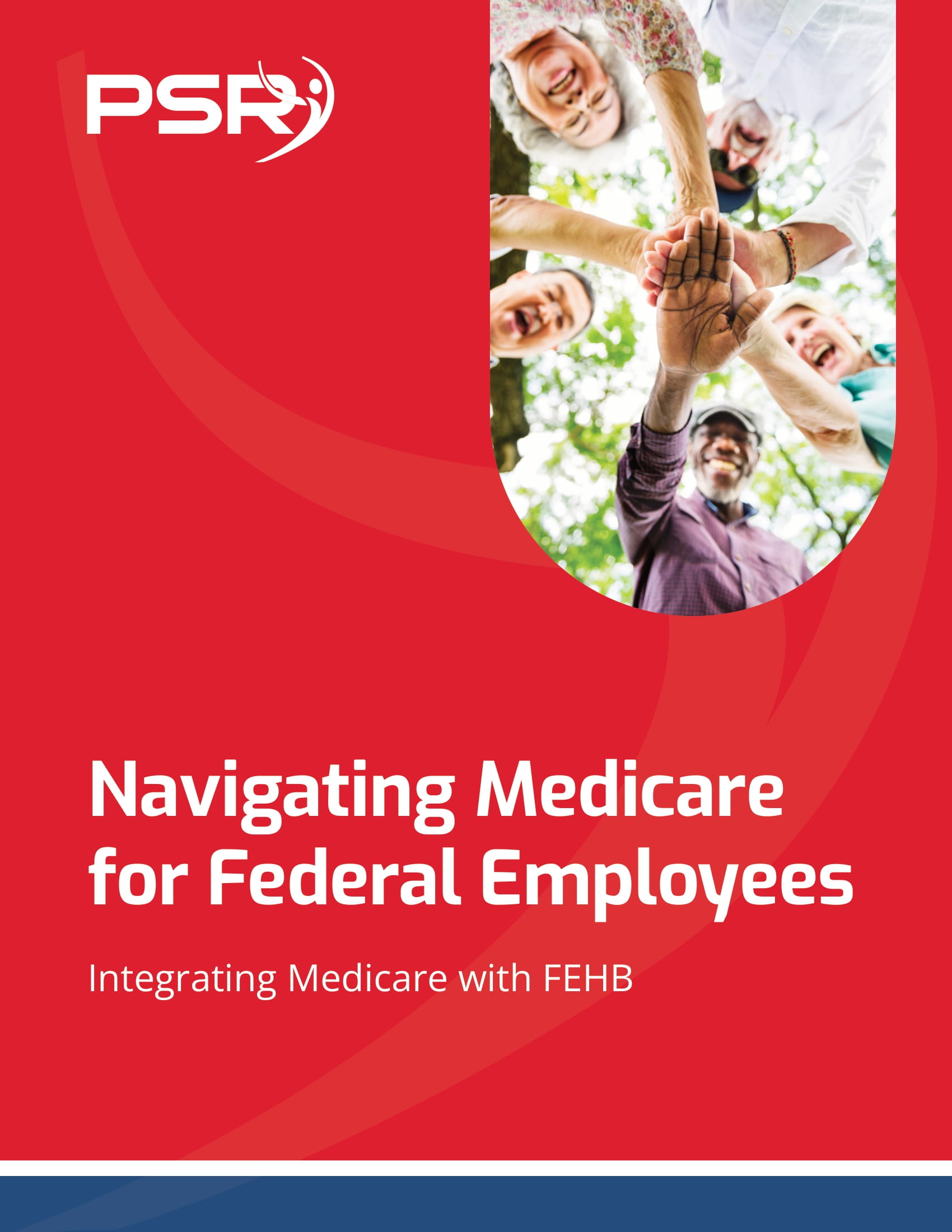Living Trusts in an Estate Plan
 Until about 20-30 years ago Living Trusts were thought of as planning tool strictly for the wealthy. Today that is no longer true as the Living Trust is becoming more popular with the because of the tax and privacy advantages offered.
Until about 20-30 years ago Living Trusts were thought of as planning tool strictly for the wealthy. Today that is no longer true as the Living Trust is becoming more popular with the because of the tax and privacy advantages offered.
Living Trusts are generally set up by an Estate Plan Attorney while you are alive. Testamentary trusts are created after death. The choices you make in your financial planning
- Also Read: Federal Retirement Advice You Didn’t Know You Needed—Until Now
- Also Read: The Latest Federal Employee News You Need to Know to Protect Your Retirement
- Also Read: Ready for Retirement? Here’s How Law Enforcement Officers Can Leave the Job with Benefits Intact
• Living trusts involve the individual (or a couple if you are married) who secures the Trust and is designated the Grantor or Trustor.
• The Trustee is the individual named by the Trust as the manager or the Trust’s assets and property. The Trustee and Grantor may be the same individual or individuals.
• The third party is the Beneficiary(s). The beneficiaries are the heirs that will receive the fruits of the Trust once the Grantors are deceased.
• Living Trusts are not subject to the laws and regulations of probate. Therefore your wishes can be kept completely private and away from public scrutiny.
• A Trust is defined as a separate legal entity where distributions can be made from the Trustee without any involvement from the courts.
• With a Living Trust, the lengthy wait and cost of probate are avoided.
• As long as the assets have been placed in the Trust, distributions can be made to beneficiaries.
• There are few limitations, if any, once a Trust has been established as to what can become a part of the trust. i.e. stocks and bonds, savings accounts, real estate, personal property, life insurance. Once the assets are placed In Trust, they are changed from your name to the name of the Trust.
It is important to invest some of your time in finding out more about Living Trusts and any other tools that might become a part of your planning process. Doing your homework and learning as much about any tools and strategies you might be considering in the planning process are the best practices to see how they fit into your plan to Retire and Live Well.
P.S. Always Remember to Share What You Know.
There are tax implications to your loved ones if you name your Trust as your beneficiary on your TSP.gov account. Check on your beneficiary designations through TSP.gov or Liteblue.








